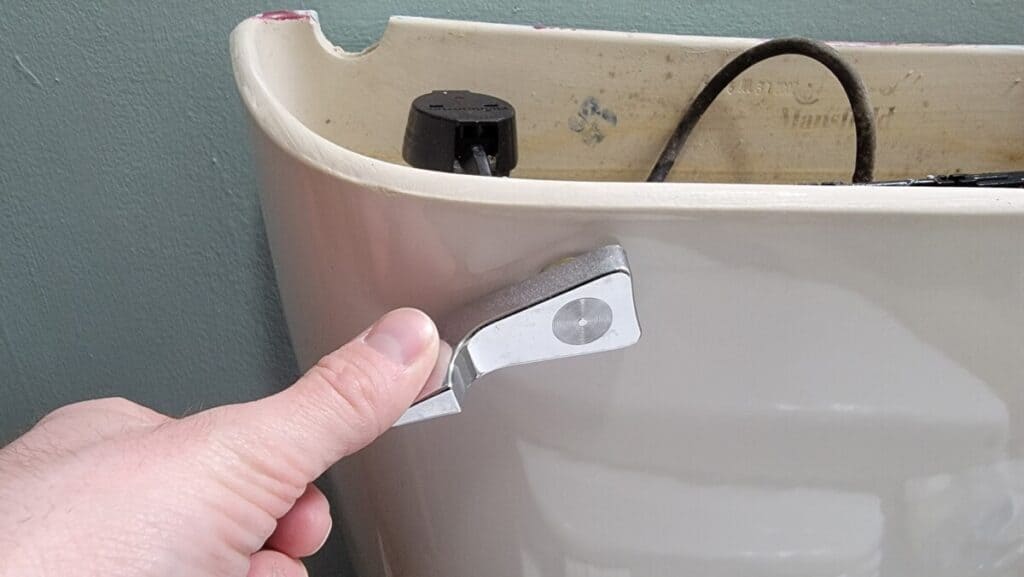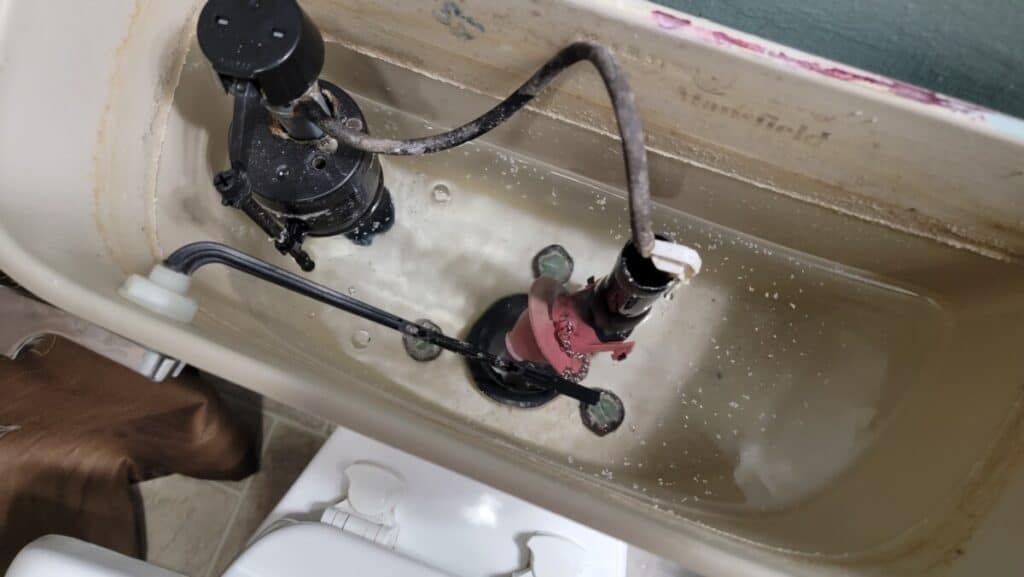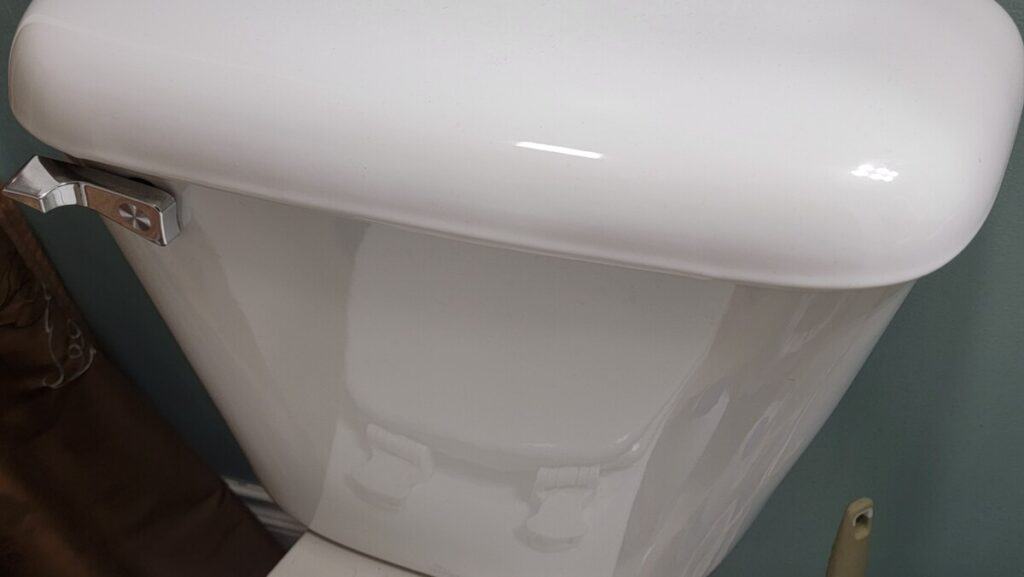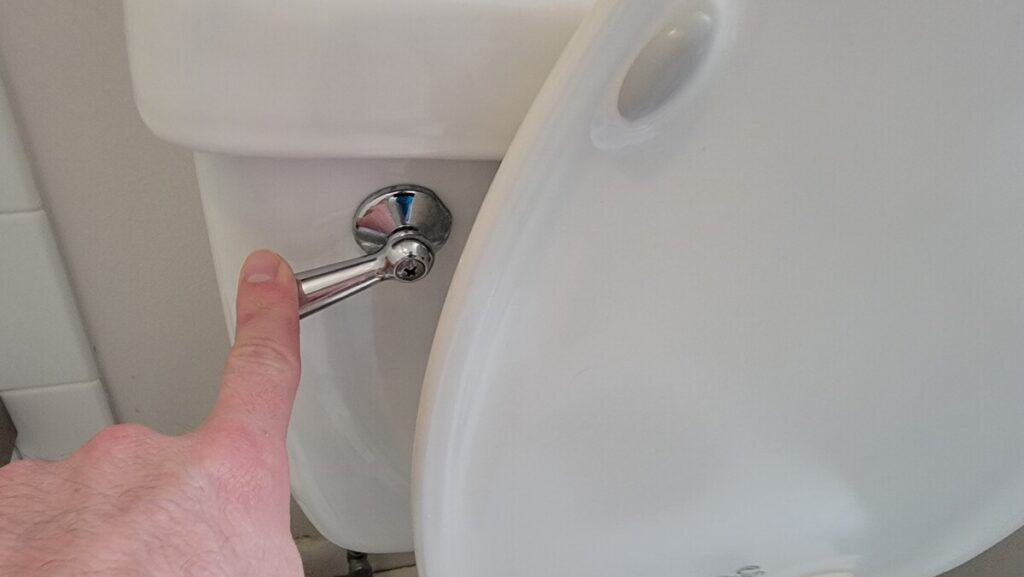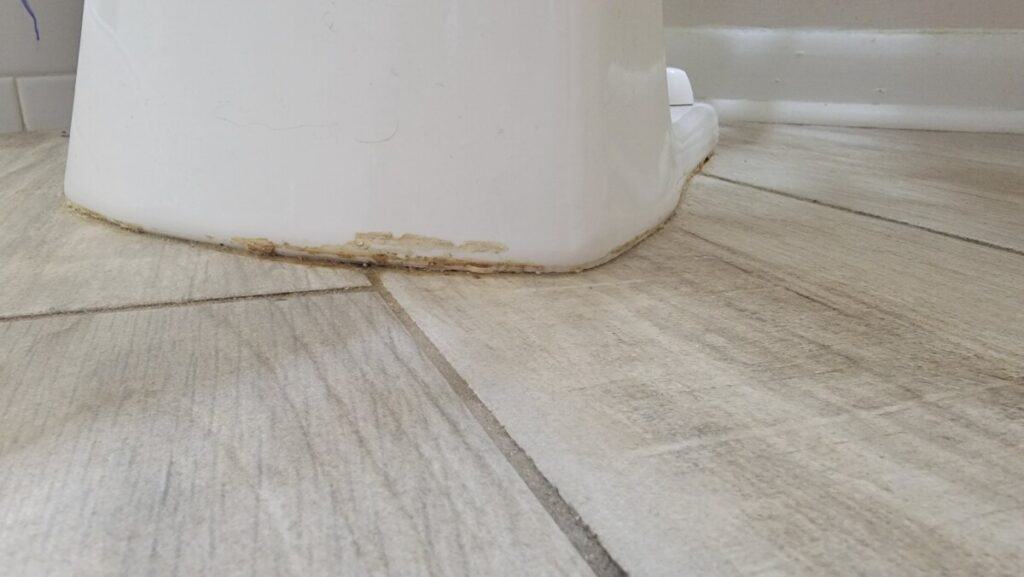Stop the Bang: A Guide to Quieting Noisy Toilets
Ever been startled by a sudden, loud banging noise coming from your bathroom after flushing the toilet? If so, you’re not alone. It’s a relatively common (but not normal) issue for many homeowners. But don’t worry, it’s not as alarming as it may sound, though it is certainly something you’ll want to get fixed. In the past 10 years of my maintenance work at a property equipped with over 250 toilets, I have faced this exact issue on numerous occasions. Let’s explore the possible reasons behind this strange occurrence and how to fix it.
Water Hammer: A Noisy Culprit
The most common reason for the banging noise is a phenomenon known as “water hammer.” When you flush, high-pressure water rushes through the pipes at high speed and with a lot of momentum. Then, suddenly, the water flow stops or changes direction, creating a shockwave that causes the pipes to shake or bang against each other or the walls.
How to fix it: Installing water hammer arrestors can help to absorb the shockwaves and minimize noise. These are essentially tubular devices that are installed inline with your pipes and are soldered in place. They are perpendicular to the pipe. Inside, they have a plastic plug with multiple layers of rubber o-rings which allow it to slide up and down. Air on one side of the plug (furthest from the pipe) and water from the pipes will touch the other side of the plug. This plug serves as a dampening diaphragm.
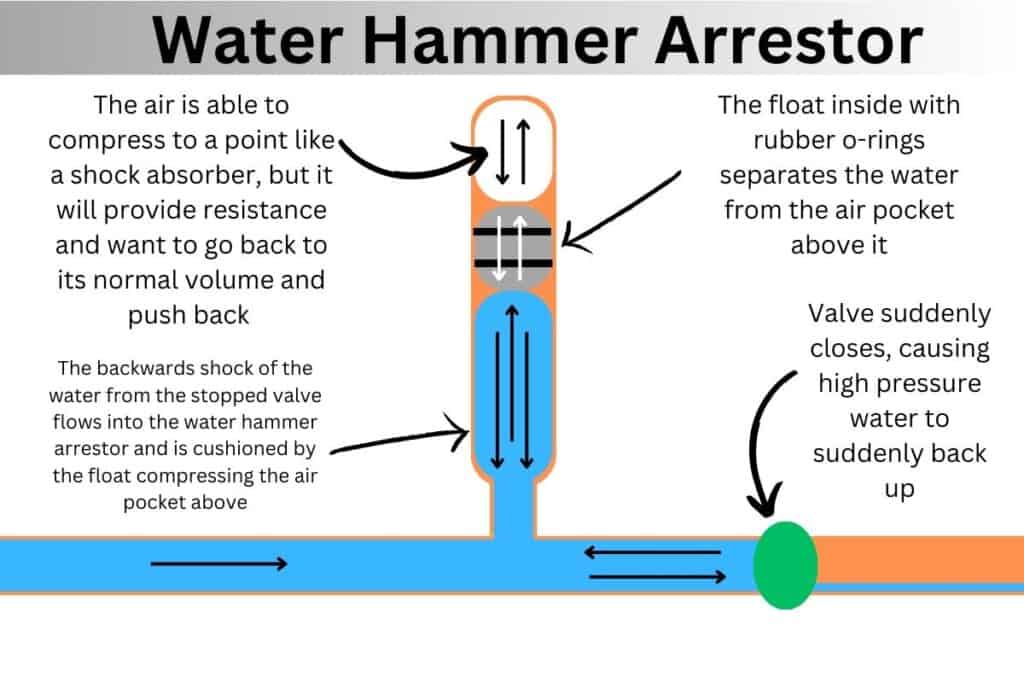
When the flow of water stops or changes direction, the shockwave created will travel into the water hammer arrestor and will push up against the diaphragm which will push against the air and compress the air, which in turn will also push back to a degree. This basically creates a shock absorber for the shockwave and will eliminate the banging in your pipes.
Additionally, making sure your pipes are properly secured with straps or brackets will prevent them from knocking against surfaces. A small vibration could sound like a much bigger problem than it really is if an unsecured pipe is hitting something like metal or something that can send the vibrations through your entire house.
Waterlogged Air Chambers
On older houses, it was common to install “air chambers” which were verticle, capped, standpipes somewhere along your water line. To the untrained eye, these look like someone thought of routing a pipe somewhere and changed their mind after about 12 inches.
These air chambers were the ancestors of the modern water hammer arrestor and in theory they work the same way. These capped pipes were supposed to have an air pocket (since air can be compressed and water cannot) that would serve as a dampening agent for the shockwave. However, over time, the air in that standpipe would eventually get replaced with water since there was nothing to truly separate the water from the air. Small bubble by bubble, the air in the air chamber pipe would get washed away with some water after each shock absorption.
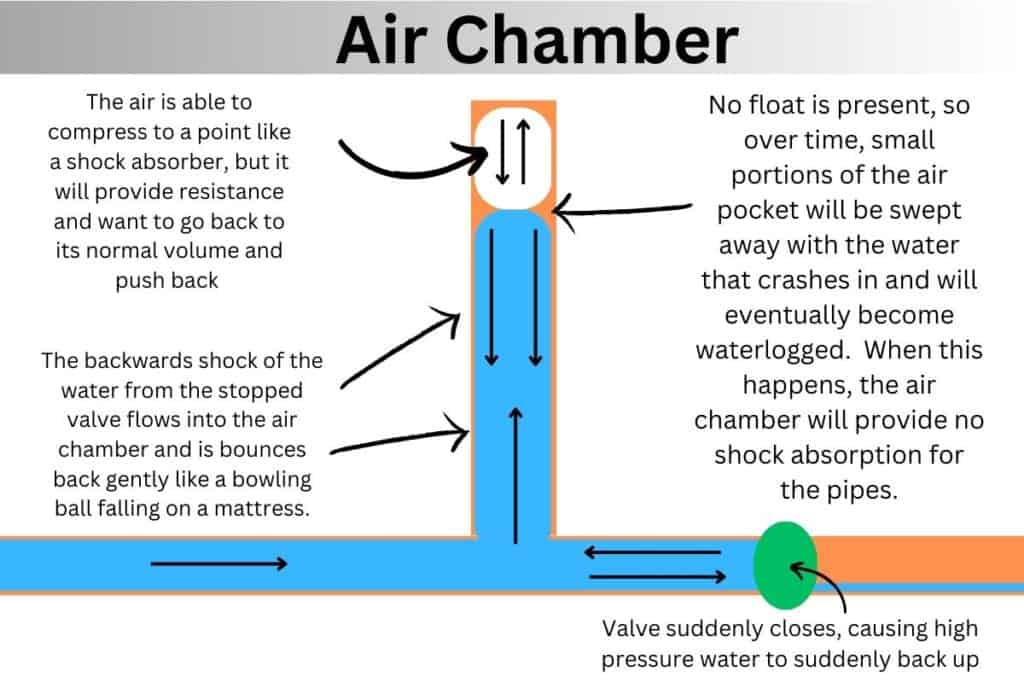
If your home does not have water hammer arrestors and instead has these air chambers, they may be saturated with water and can no longer serve as shock absorbers for your pipes. I highly recommend having water hammer arrestors installed, but until that’s done, you can refill them with air to buy yourself some time.
How to fix it: You can try bleeding the air out of the pipes by turning off the main water supply to the home and then opening all the faucets. Start from the lowest level and work your way up. After all the faucets have run dry, turn the main water supply back on and then start turning off your open faucets. You’ll notice that the water has drained from the air chambers and air has now gone back inside, since the banging should be gone or greatly reduced.
Loose or Worn-Out Washers
Your toilet’s fill valve and shut-off valve contain washers that help create a watertight seal. Over time, these washers can wear out or become loose, leading to water leaks and vibrations that cause the banging sound. If the banging or loud noise is coming from inside your toilet’s reservoir tank instead of in the walls or below the floor, then this is certainly something to consider first.
How to fix it: First, turn off the water supply to your toilet. Then, carefully disassemble the fill valve and shut-off valve, and check for any worn or loose washers. Replace them if necessary and reassemble the valves. Finally, turn the water supply back on and check if the noise has stopped.
High Water Pressure
Excessively high water pressure in your home’s plumbing system can also be a source of the banging noise. When the water pressure is too high, it puts added stress on your pipes and can cause them to vibrate or shake when water flows through them.
How to fix it: You can install a water pressure regulator to help control the water pressure in your home. If you already have one, check if it’s working properly and adjust it if needed. You may also want to consult a professional plumber to assess your plumbing system and recommend any necessary changes.
Malfunctioning Fill Valve
The fill valve in your toilet tank is responsible for refilling the tank after each flush. If it’s not working correctly, it may cause a sudden change in water flow, leading to the banging noise.
How to fix it: First, turn off the water supply to your toilet. Remove the fill valve, inspect it for any damage, and clean it if needed. If the problem persists, consider replacing the fill valve with a new one.
A banging noise after flushing your toilet can be annoying and worrisome, but it’s usually a sign of a relatively minor issue with your plumbing system. By identifying the cause and implementing the appropriate fix, you can silence the noise and restore peace to your bathroom. If you’re unsure about the problem or how to fix it, don’t hesitate to seek professional help from a plumber or handyman.



